USA and Canada
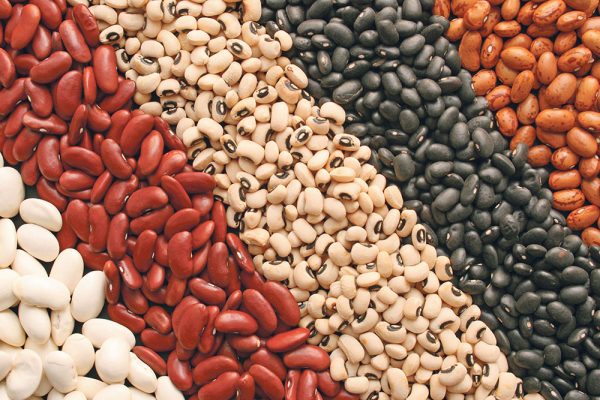
Bean carryout forecasts questioned
Chuck Penner said the “ultimate question” for the Canadian dry bean price outlook is what will the carryout be from the 2020-21 crop?
Statistics Canada believes it will be slightly more than 100,000 tonnes, which would result in ample supplies for the current crop year.
Production is way down this year but that level of carryout would create a total supply of 489,000 tonnes of beans, which would be well above the typical crop of around 400,000 tonnes.
“I’m not entirely convinced about these supply numbers, largely because of price behaviour in the last little while,” Penner told delegates attending the 2021 virtual Pulse and Special Crops Convention.
Read More…
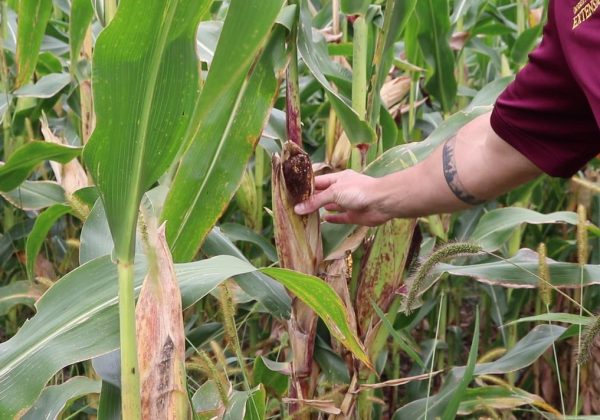
‘A lot of variability’ expected in corn and soybean crops in southeast Minnesota
According to University of Minnesota Extension Educator Michael Cruse, there are a lot of weed issues on the edges of fields in southeast Minnesota.
MABEL, Minnesota ― Michael Cruse, extension educator with the University of Minnesota, said yields are going to be generally OK for the Southeast Minnesota corn and soybean crops.
“We’re going to see a lot of variability both in our soybeans and corn fields,” Cruse said.
Cruse said although the area is more on the “wet side” than other regions, the area did experience some early frost and washouts on some fields, followed by some dryness.
Read More
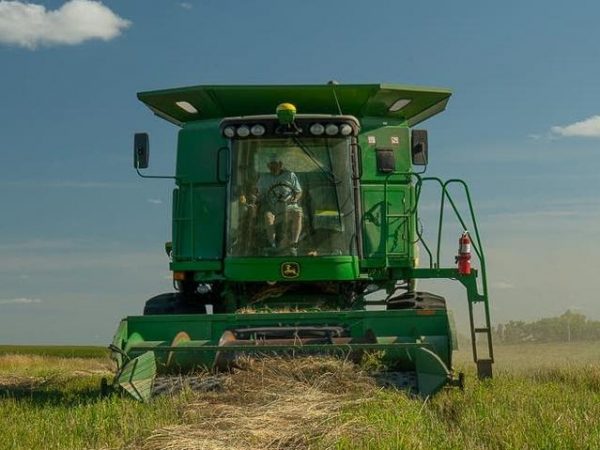
Farmers should put poor 2021 crop year in perspective, farm business management instructor says
The 2021 crop season has, no doubt, been disappointing for grain and row crop farmers in the Northern Plains.
However, before producers begin blaming themselves for being responsible that their cash flow plans falling apart, they should recall other years in which plans went awry, said Betsy Jensen, farm business management instructor at Northland Community and Technical College in East Grand Forks, Minnesota.
Jensen spoke to farmers virtually about “How to Take a Fall: Adapting When Nothing Goes as Planned,” during an online Minnesota Association of Wheat Growers September marketing seminar on Wednesday, Sept. 15.
Although drought this year reduced farmers’ yields, in other years, quality issues such as falling numbers and test weight resulted in crop damage that reduced farmers’ cash flow, Jensen noted.
Read More…
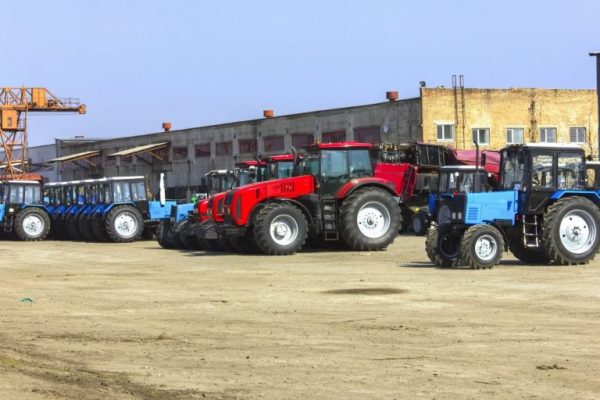
U.S. Tractor and Combine Sales Increased in August
U.S. tractor sales increased last month compared to 2020 while combine sales jumped 19.8 percent, according to the Association of Equipment Manufacturers monthly sales report. Combine sales posted the second month in a row of growth near 20 percent in the United States, and total farm tractor sales climbed 9.9 percent.
Soybean prices experienced a 1.4% rally on 300,000 fewer soybean acres planted this year, despite a 0.6 bpa increase in yields from USDA’s August estimate of 50.0 bpa.
Sub 40 horsepower tractor sales were up 8.7 percent, and mid-sized, 40-100 horsepower, sales were up 5.4 percent. Heavy-duty units saw significant growth, with the articulated four-wheel drive segment leading the way for the fourth straight month by climbing 40.4 percent to 306 units sold.
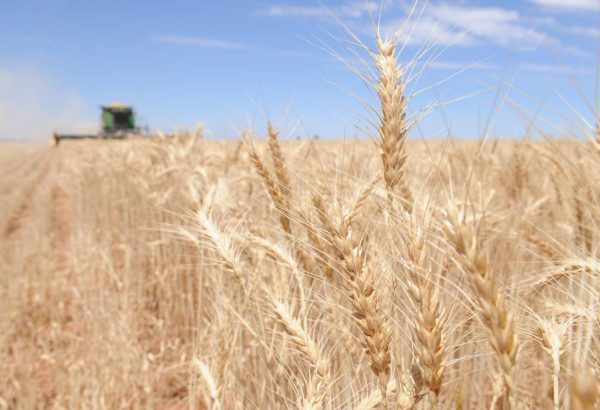
Canada cuts canola, wheat estimates further due to drought
WINNIPEG, Manitoba, Sept 14 – A drought has damaged Canada’s canola and wheat harvests even more than it appeared weeks ago, according to a Statistics Canada report.
Record-hot summer temperatures in Canada’s western crop belt, combined with sparse rain, sharply reduced farm yields of the world’s biggest canola-growing nation. Canada is also a major wheat exporter.
ICE Canada November canola futures spiked after the report, climbing as much as 4.4 percent.
Statistics Canada, using satellite imagery, estimated canola production at 12.8 million tonnes, about 2 million tonnes less than its Aug. 30 estimate and down 34 percent from last year.
The canola crop, crushed mainly for its vegetable oil, is the smallest in 13 years.
Read more…
New Zealand
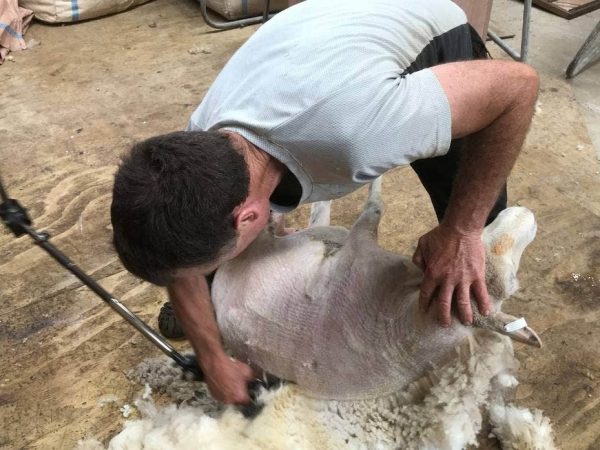
Moral fibre: Why sheep farmers want Kiwis to take another look at wool
Times are tough for the wool industry. It costs more to shear most sheep than the wool is worth, and some farmers are throwing in the towel. But others are fighting to bring wool back, and say there’s a whole new future for the environmentally-friendly super-fibre. Chris Marshall reports.
Tom O’Sullivan says there was once a time when his grandfather could pay his whole farm off with one year’s wool cheque – in 1953, during the Korean War.
O’Sullivan, whose Hawke’s Bay farm runs 5000 perendale ewes, says that would be “equivalent to winning lotto today”.
Since 2019, it has cost more to shear most sheep than what is earned from their wool. O’Sullivan’s farm ran a deficit of $6000 that year; last year the deficit blew out to nearly $30,000.
Read More here…
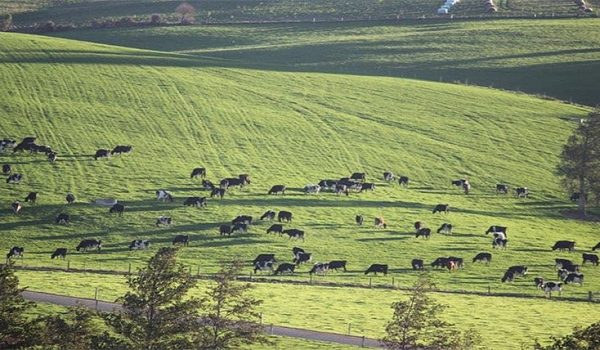
Strong dairy prices are not translating into many dairy farm sales transactions, especially in Southland. Guy Trafford examines the reasons, and looks at the wider dairy trade picture
Colliers have just released their update of Southland dairy sales. Despite the continuing strong returns coming from dairy returns which are looking to continue into the future, sales are looking somewhat below par when it comes to price.
The complete graph below from the beginning of 2015 shows the full picture and the potential influence of occurrences along the way.
Read More here…
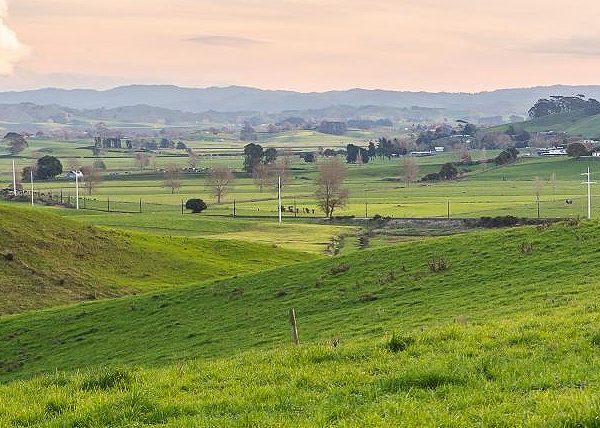
Guy Trafford sees new questions about changing land use to monocultures such as pine with no foreseeable plans for harvesting, and their GHG emissions, and with very limited contribution to ecological ecosystems
A passing comment from a colleague has led to this article and it concerned my understanding of “isoprene”, which I had to admit was almost zilch; just a vague recollection of something to do with ozone at a guess.
The question was asked in the context of trees which created a bit more confusion for me. But some research has made me far better informed although well short of being close to expert on the topic.
The reason the question raised my eyebrows as it was asked in the context of trees adding (at least in part) to the total CO2e totals going into the atmosphere. Given that trees are seen as a major part of the solution in restoring some balance back into the atmosphere obviously some further investigation was required.
Read More here
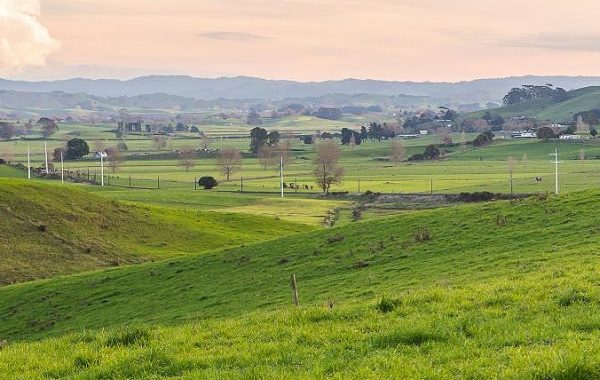
Despite all the external political pressures, buyers want our dairy products and are bidding up prices, reports Guy Trafford. Sadly, Synlait isn’t benefiting
The latest Global Dairy Trade dairy product auction took place in the early hours and the current trend of decline has fortunately been arrested and reversed. All categories of product Fonterra puts up have shown increases:
SMP lead the way with a +7.7% increase, and WMP rose +3.3%. Butter and Cheddar rose by +3.7% and +3.6% respectively.
According to the Westpac update, the SMP rise indicates a reduction in supplies coming out of Europe.
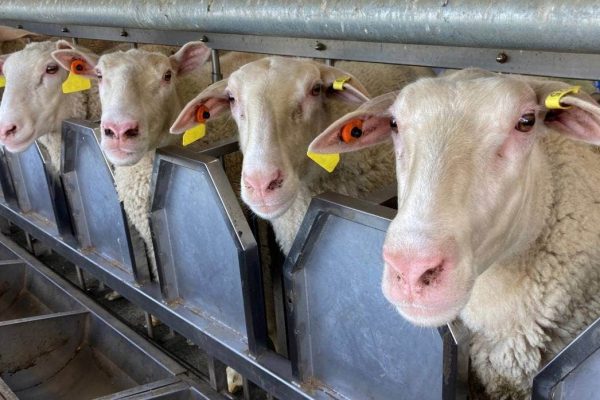
Scientist looking to improve milk enzymes
Mother’s milk is best for baby – irrefutable fact. But not all mothers are able to feed their babies as they wish to, for whatever reason, and need the support of nutrition scientists to get the best possible alternatives.
New Zealanders are well aware of our huge export income from cows’ milk powders, especially infant formula, which so many Asian mothers rely on. They may not know that there is an increasing supply of goat and sheep milk, some of which is made into infant formula and exported to many countries.
Drinking raw milk comes with a risk of contamination by harmful microorganisms such as the bacteria E coli. Milk from any animal source has to be heat-treated, most commonly by pasteurisation (75 degrees Celsius for 15 seconds) to kill any bugs, or the ultra-high temperature process (143C for 15 seconds). But what effect does that heat have on the good stuff in milk?
Read more here…
Australia
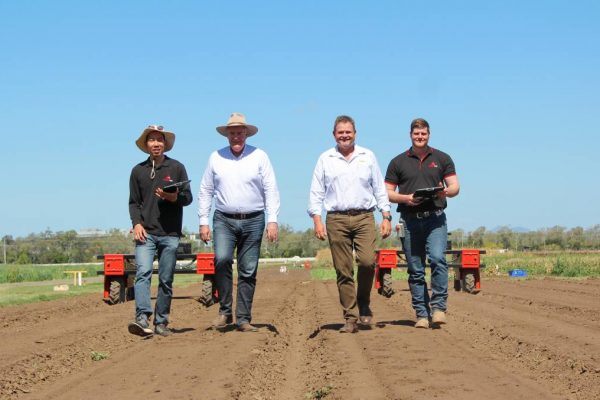
Agerris Digital Farmhand robots tackling horticulture industry’s challenges
Controlling weeds and labour challenges are two of the big issues horticulture growers face.
But growers may soon have another tool in their arsenal as robots begin rolling into paddocks across Australia.
In Queensland’s south east corner, four robots can be seen mapping the fertile soils of farms in the Lockyer Valley and Scenic Rim.
They are part of Agerris’ growing Digital Farmhand fleet, with eight robots working on farms in Victoria and one in NSW.
Read more here…
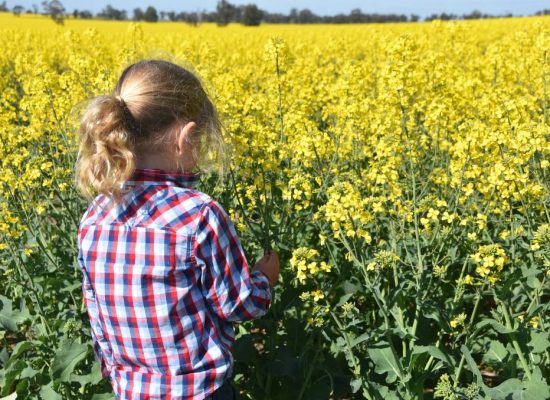
Industry ready to seize sustainability opportunities
THE HEAD of Nutrien Ag Solutions believes the Australian grains industry is ready to seize opportunities presented in the emerging sustainability space.
“Sustainability is going to be an increasingly important topic in the grains industry in the next couple of years and how it impacts farm businesses will come down to individual farmers’ approaches,” said Rob Clayton, Nutrien Ag Solutions managing director.
“You could look at it as another burden in terms of regulation and red tape, but we prefer to see it as an opportunity,” Mr Clayton said.
“At Nutrien we definitely see a market that wants to see farmers that can prove they are farming sustainability and with that we can see new income streams with people wanting to pay more for products they know are grown sustainably,” he said.
Read more here…
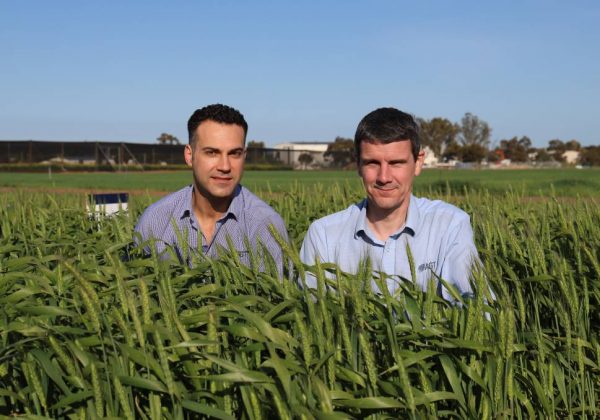
New wheat variety a high-yielding Calibre
WHEAT growers who reaped the benefits of moving from Mace to Scepter in the past will be able to take another big step forward from next season, with the commercial release of Calibre, the latest variety from Australian Grain Technologies (AGT).
Calibre is suited to all areas that have previously grown Scepter in WA and is the highest-yielding variety from AGT available to growers in the State.
It is a quick-mid maturing variety with head emergence coming a little sooner than Scepter, has an Australian hard (AH) quality classification and a sound physical grain quality package.
AGT wheat breeder James Edwards said that what Scepter was to Mace, Calibre would be to Scepter.
Read more here
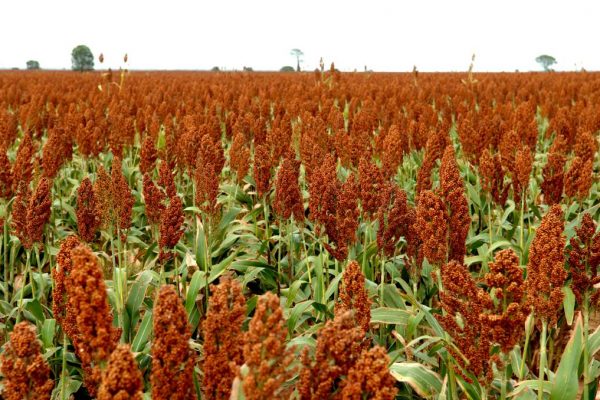
Highest yielding sorghum varieties revealed
Queensland’s highest yielding sorghum varieties have been revealed in the GRDC’s 2021 National Variety Trials Sorghum Harvest Report.
In its report, GRDC stated the performance values for grain yield were from four seasons and should be taken into consideration.
It said the values may not be representative of the long-term seasonal conditions experienced by growers in their individual situations – especially since three of the past four seasons have had extreme conditions dominated by extensive drought.
“When choosing a hybrid grain sorghum variety, do not rely on the results from a single trial conducted at one location in only one year,” it said.
Read more here …
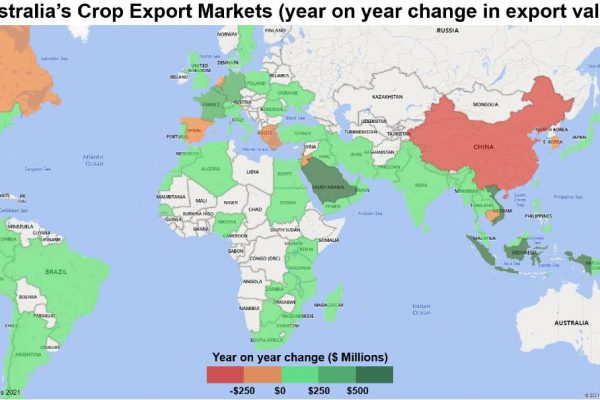
Where is the export value around the world?
AFTER a large production year in 2020/21 and a comparatively strong export year, let’s take a look at Australia’s most important cropping trade partners in the last year.
Indonesia took the mantle of Australia’s most valuable cropping export destination in 2020/21 with an export value of $1.3 billion.
Cropping export value and volume increased by more than 250 per cent to Indonesia, with market share now 9.6pc.
The Indonesia-Australia Comprehensive Economic Partnership (IA-CEPA) contributed to this rise in export value.
Read more here…
South America
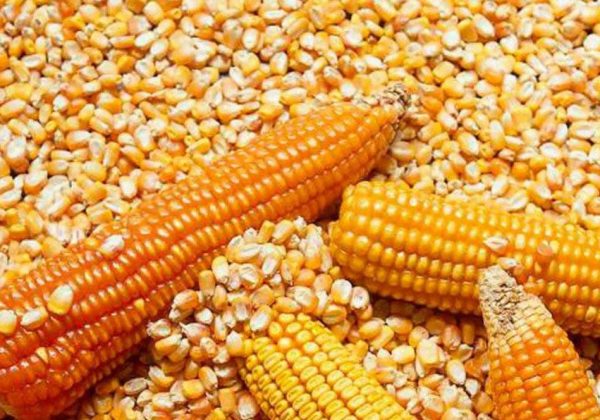
Argentine Farmers Start Planting Corn With Record Crop in Sight
Buenos Aires, AR (Reuters) — Argentina’s farmers have begun planting the first batches of 2021/22 corn this week, the Buenos Aires grains exchange said on Thursday (Sept. 16), a predicted record harvest of 55 million tonnes due to expanded planting area at the expense of rival crop soy.
Argentina is the second-largest global exporter of corn, and in the current campaign, farmers are expected to plant a record 7.1 million hectares with the grain, the eighth consecutive year the planting area will have expanded.
The exchange in a weekly report said farmers had planted 2.3% of the total estimated area of corn, while good rainfall earlier this month was a positive for the planting process.
“The rains recorded during the first half of September allowed humidity levels to be renewed, promoting the start of the campaign,” the grains exchange said.
Read More here…
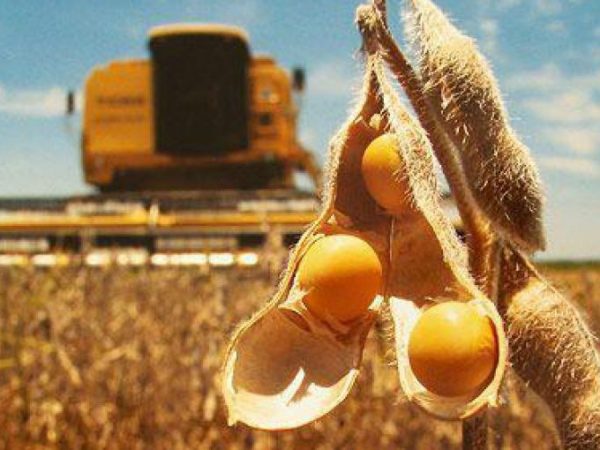
Farmers in Brazil Begin Planting Soybeans
Occasional rain showers in soybean areas of Paraná state enabled some soy growers to start sowing their new 2021/2022 crop, agribusiness consultancy AgRural said on Monday.
After the showers, the first fields in the west and southwest of Paraná began to be planted, as these areas received more volumes of rain in recent days.
According to Reuters, the expectation is that soy planting will also start this week in isolated areas of Mato Grosso, Brazil’s top grain state, as well as in Mato Grosso do Sul and São Paulo.
“Although volumes are still small and more humidity is needed for the beginning of the 2021/22 crop, the rainfall recorded since the end of August is better than those observed in the same period last year,” AgRural said.
Read More here
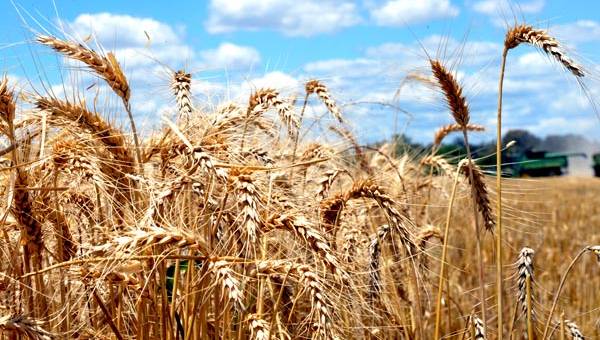
Brazil’s huge scope for grains expansion
BRAZIL has emerged as a serious player in the grains industry in the past decade, especially in corn and soybeans.
The South American nation is now routinely the world’s largest exporter of soybeans, and analysts say the industry is only going to continue to grow.
Speaking at the Australian Grains Industry Conference last week CHS global research analyst Joe Lardy said Brazil’s planted hectares were expanding rapidly every year.
Read more here
Food Updates
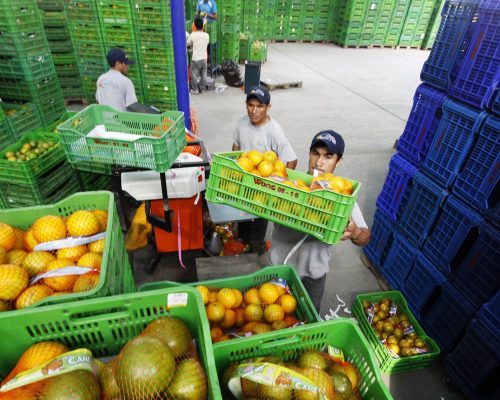
NT trials cyclone-proof tropical fruit
Top End farmers are investigating new ways of growing tropical fruit in a bid to cyclone-proof the northern food bowl.
The Northern Territory’s traditional low-density horticulture production systems are highly susceptible to tropical cyclones.
The damage inflicted by extreme weather has stopped the sector from reaching its full economic potential, Minister for Northern Australia David Littleproud told reporters on Thursday.
A collaborative $2.7 million project will trial high-density and trellis planting at local mango producer Manbulloo in Katherine, about 300km south of Darwin.
“In Mato Grosso only 7-10 per cent of the land is row crops,” Mr Lardy said.
“Of the rest there is a large amount of pasture, cerrado (scrubland) and rainforest.
Read more here…

Could CBD be the next innovation in the hard seltzer sector?
Veylinx, a consumer insights platform that uses behavioural research to predict purchasing habits, studied eight hard seltzer brands (AriZona SunRise, Bon V!V, Bud Light, Corona, Smirnoff, Topo Chico, Truly, and White Claw) and eight added benefits to determine which potential product innovations consumers value most, and which will impact their willingness to pay.
Read more here…
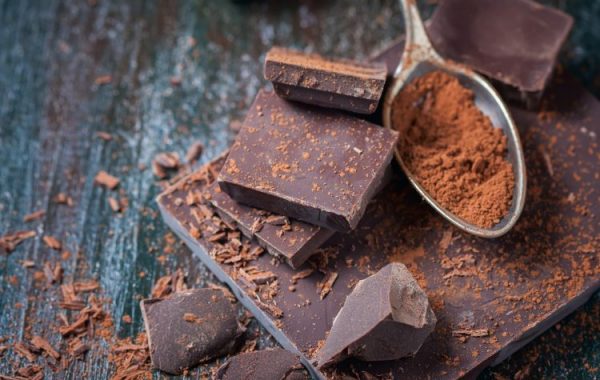
Does cocoa really help you age better?
They are looking for answers in the blood of 600 individuals aged 60 and older who participated in what is reportedly the largest trial ever to assess the impact of a cocoa supplement as well as a common multivitamin, on reducing the risk of heart disease, stroke, cancer and other health outcomes.
Read more here…
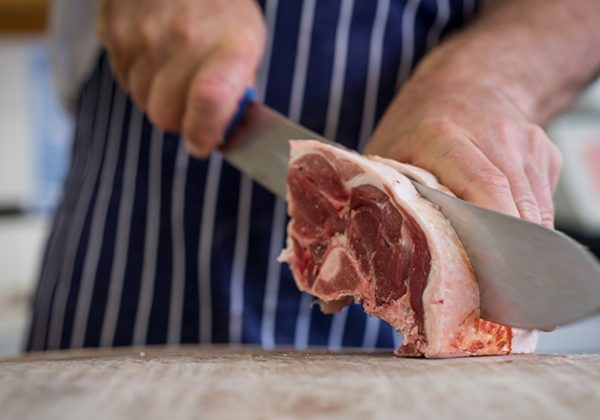
Carbon dioxide shortages disrupting meat sector
The unfurling carbon dioxide crisis could start proving very costly for the meat industry, with pig farms facing the possibility of culling animals if supplies do not improve.
The shortage of carbon dioxide could impact the food and beverage industry very soon, with the UK meat sector in particular set to feel the effects. That’s according to the British Meat Processors Association (BMPA), which has warned of shortages of some products should the crisis continue.
Once their current stocks of the gas run out (estimated to be in less than 14 days) some companies will have to stop taking animals and close production lines, leading to a logjam of animals back to the farms. The BMPA says this scenario is already playing out in the pig industry, which is now facing the imminent prospect of a humane cull on farms.
Read more here…
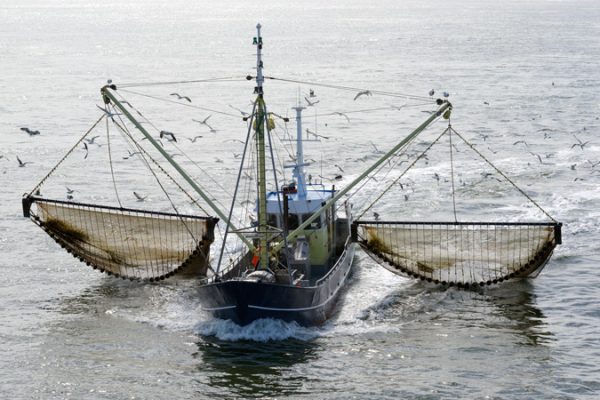
Fish consumption to double by 2050, according to new report
In a new paper published by Nature Communications as part of a series of five initial reports in the Blue Food Assessment (BFA), experts projected global consumption would increase from 80 million tonnes in live weight to almost 155 million tonnes across all fish and shellfish categories in the next three decades as long as production keeps pace and real prices do not rise.
Read more here…


